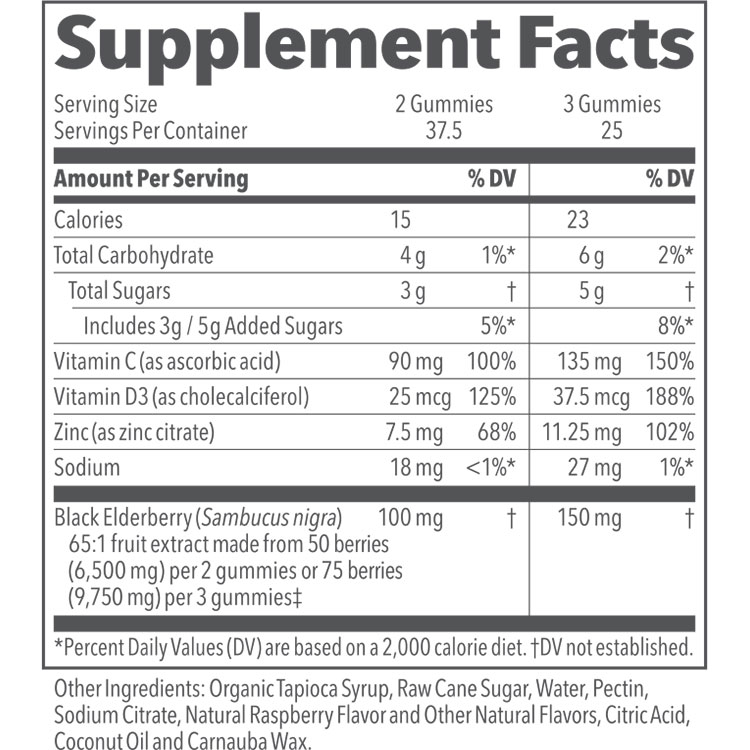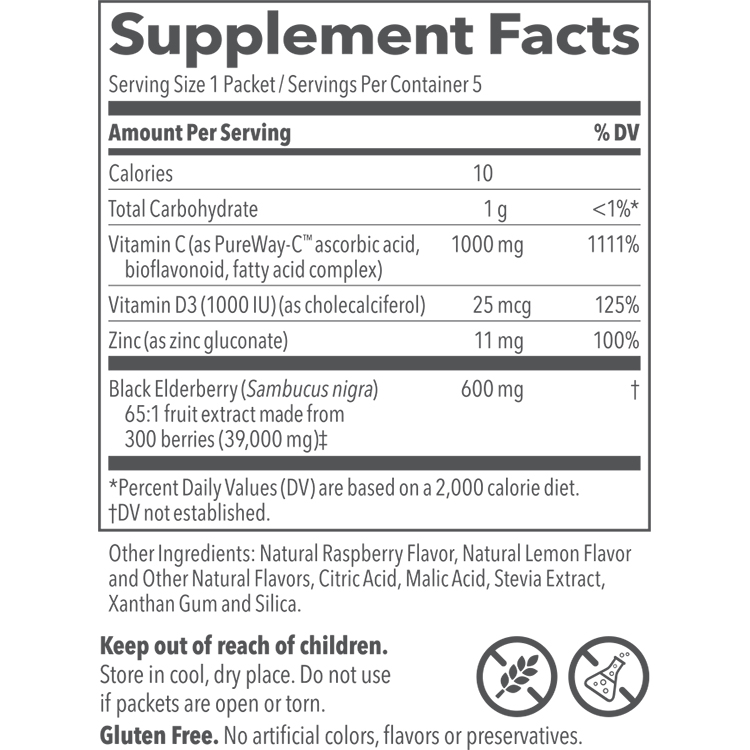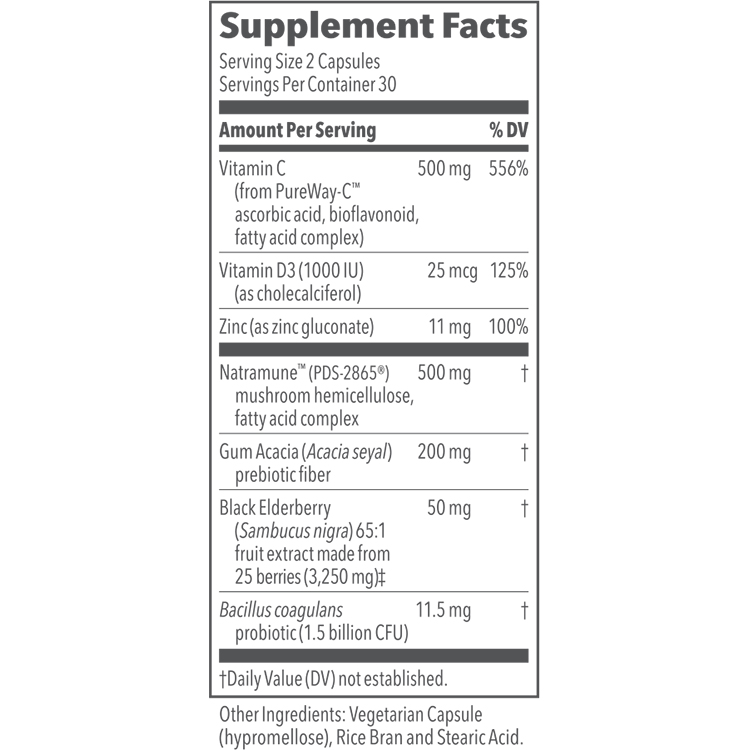WHAT IS ASTHMA?
Asthma is a chronic inflammation of the lung airways that causes coughing, chest tightness, wheezing, or shortness of breath. People with asthma also produce extra mucus. The combination of inflamed lungs and excess mucus can make breathing difficult. This will often trigger coughing, wheezing, and shortness of breath (1). The symptoms of asthma vary from person to person. Some people might constantly experience asthma symptoms while other people have what is called “exercise-induced” asthma, meaning that they only experience the symptoms while exercising.
For some people, asthma signs and symptoms flare up in certain situations:
- Exercise-induced asthma, which may be worse when the air is cold and dry
- Occupational asthma, triggered by workplace irritants such as chemical fumes, gases or dust
- Allergy-induced asthma, triggered by airborne substances, such as pollen, mold spores, cockroach waste or particles of skin and dried saliva shed by pets, also known as pet dander (1).
RISK FACTORS OF ASTHMA
Asthma is both an environmentally and genetically caused disease (2). It can either be inherited from parents or developed due to environmental conditions. Below are some other factors that can contribute or increase your risk of developing asthma:
- Family history: Asthma can be inherited, if you have a parent with asthma, you are three to six times more likely to develop asthma than someone who does not have a parent with asthma (2).
- Viral respiratory infections: Respiratory problems during infancy and childhood can cause wheezing. Some children who experience viral respiratory infections go on to develop chronic asthma (2).
- Allergies: Having an allergic condition, such as atopic dermatitis (eczema) or allergic rhinitis (hay fever), can increase your chances of developing asthma.
- Occupational exposures: If you have asthma, exposures to certain elements in the workplace can cause asthma symptoms. And, for some people, exposure to certain dusts, chemical fumes, vapors, and molds can cause asthma to develop (2).
- Smoking: Cigarette smoke irritates the airways and makes it difficult to breathe. Smokers have a high risk of asthma. Those whose mothers smoked during pregnancy or who were exposed to secondhand smoke are also more likely to have asthma or develop it later on in life.
- Air Pollution: Exposure to the main component of smog, ozone, raises the risk for asthma. Those who grew up or live in urban areas where smog is more common have a higher risk for asthma.
- Obesity: Children and adults who are overweight or obese are at a greater risk of asthma. Although the reasons are unclear, some experts point to low-grade inflammation in the body that occurs with extra weight. Obese patients often use more medications, suffer worse symptoms and are less able to control their asthma than patients in a healthy weight range (2).
SYMPTOMS OF ASTHMA
- Shortness of breath
- Chest tightness or pain
- Trouble sleeping caused by shortness of breath, coughing or wheezing
- A whistling or wheezing sound when exhaling (wheezing is a common sign of asthma in children)
- Coughing (1)
ASTHMA FACT AND STATISTICS
- Currently, 26.5 million Americans have asthma. Of the 26.5 million, 20.3 million are adults and 6.1 million are children (3).
- Asthma is often hereditary (4).
- Asthma symptoms can be triggered by exposure to an allergen (such as ragweed, pollen, animal dander or dust mites), irritants in the air (such as smoke, chemical fumes or strong odors) or extreme weather conditions. Exercise or an illness – particularly a respiratory illness or the flu – can also make you more susceptible (4).
- Asthma results in 439,000 hospitalizations and 1.3 million emergency room visits annually (3).
- Asthma prevalence is higher in children than in adults, and higher in females than in males (4).
MEDICAL TREATMENT OF ASTHMA
- One of the most effective and common medications for treating asthma is inhaled corticosteroids, which are anti-inflammatory medications. Taken early and as directed, these well-tolerated and safe medications can improve asthma control and normalize lung function (4).
- According to guidelines created by the National Heart, Lung, and Blood Institute, asthma should be diagnosed as early as possible and aggressively treated while it is still mild. If not, the asthma could worsen which would require expensive medical interventions and in some cases, cause irreversible remodeling of the lungs’ airways and permanent scarring (5).
NATURAL WAYS TO SUPPORT HEALTHY LUNGS
Practices that Support Healthy Lungs:
- Don’t Smoke: Smoking cigarettes is the number one cause of lung cancer and chronic obstructive pulmonary disease, otherwise known as COPD, which includes chronic bronchitis and emphysema. Cigarette smoke narrows the air passages which then causes breathing to be more difficult. It also causes chronic inflammation or swelling within the lungs, which then leads to chronic bronchitis. Over time, the smoke from cigarettes will destroy healthy lung tissue, which can trigger changes within the tissue that can then grow into cancer (6).
- Avoid Exposure to Pollutants and Second-hand smoke: Outdoor air pollution, chemicals within the home, secondhand smoke, and radon have all been known to cause and worsen lung diseases (6). You can prevent exposure to these things by making your home and car smoke-free, refraining from exercising outside in bad air quality, and testing your home for radon. You can also invest in an air purifier for your home, or purchase air purifying plants.
- Prevent Infection: common ailments such as a cold or a cough can sometimes develop into very serious lung conditions. Taking care to protect yourself from these diseases is a key step to maintaining and improving the health of your lungs. There are several things that you can do to protect yourself:
- Wash your hands often with soap and water. Alcohol-based cleaners are a good substitute if you cannot wash.
- Avoids crowds during the cold and flu season.
- Good oral hygiene can protect you from the germs in your mouth leading to infections. Brush your teeth at least twice daily and see your dentist at least every six months.
- Get vaccinated every year against influenza.
- If you get sick, keep it to yourself! Protect the people around you, including your loved ones, by keeping your distance. Stay home from work or school until you’re feeling better (6).
- Exercise: Aerobic exercise, also referred to as cardio exercise, helps to improve your lung capacity. It also helps the lungs to cleanse themselves from environmental pollutants, allergens, dust and cigarette smoke that you might encounter daily (7). As you participate in activities that increase your heart rate, your respiratory rate, the number of breaths you take in a given amount of time, increases as well. This “works out” the lungs, so to speak, so that they get stronger and healthier. Specific breathing exercises can help improve your lung function if you have certain lung diseases, like COPD, as well as improving your mood and helping you relax (6). Experts at Rush University Medical Center say that “Lungs at rest and during most daily activities are only at 50 percent of their capacity,” says Jennifer M. Ryan, PT, MS, DPT, CCS, a certified specialist in cardiovascular and pulmonary physical therapy. “Like the rest of your body, lungs thrive on movement and activity” (7).
Natural Supplements that Support Healthy Lungs:
- Eucalyptus (8)
- Mullein (9)
- N-Acetyl Cysteine (10)
REFERENCES
- Asthma. https://www.mayoclinic.org/diseases-conditions/asthma/symptoms-causes/syc-20369653. Accessed August 23, 2018.
- Asthma Risk Factors. http://www.lung.org/lung-health-and-diseases/lung-disease-lookup/asthma/asthma-symptoms-causes-risk-factors/asthma-risk-factors.html. Accessed August 25, 2018.
- Asthma. https://www.cdc.gov/asthma/most_recent_data.htm#modalIdString_CDCTable_0. Accessed August 23, 2018.
- Asthma Facts. https://acaai.org/news/facts-statistics/asthma. Accessed August 10, 2018.
- National Heart, Lung and Blood Institute. Expert Panel Report 3. Guidelines for the Diagnosis and Management of Asthma 2007. Bethesda, Md: National Institutes of Health; Aug. 2007. https://www.nhlbi.nih.gov/files/docs/guidelines/asthgdln.pdf. Accessed August 23, 2018.
- Tips to Keep Your Lungs Health. http://www.lung.org/lung-health-and-diseases/protecting-your-lungs/. Accessed August 23, 2018.
- Tips for Keeping Your Lungs Healthy. https://www.rush.edu/health-wellness/discover-health/8-tips-healthy-lungs. Accessed August 25, 2018.
- Eucalyptus: Uses, Side Effects, Interactions, Dosage, and Warning. https://www.webmd.com/vitamins/ai/ingredientmono-700/eucalyptus. Accessed August 25, 2018.
- Ogden Publications, Inc. Herb to Know: Mullein (Verbascum thapsus). https://www.motherearthliving.com/plant-profile/herb-to-know-mullein-verbascum-thapsus. Accessed August 25, 2018.
- N-Acetyl Cysteine: Uses, Side Effects, Interactions, Dosage, and Warning. https://www.webmd.com/vitamins/ai/ingredientmono-1018/n-acetyl-cysteine. Accessed August 25, 2018.




